Most Montessori materials have a built-in control of error. That is, the materials help children to identify their mistakes and correct them without the help of an adult.
Control of error in Montessori
The Montessori Knobbed Cylinders are a perfect example of this. Each cylinder fits exactly into a certain hole.
If a cylinder does not fit perfectly into a hole, the child knows they have made a mistake and they can correct their error by determining in which hole the cylinder should be placed.
Other examples of control of error in Montessori materials are the Pink Tower and the Brown Stair. These materials rely on a child's own perception for correction.
If a child sees that a block from the Pink Tower or Brown Stair is out of order, they are able to figure out, by rebuilding, the correct order of these materials.
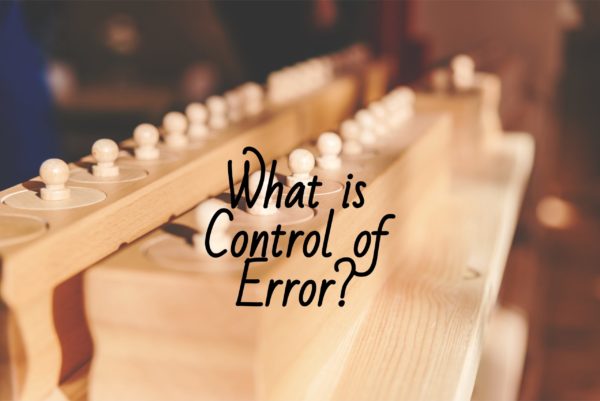
Some of the Montessori materials that have a built-in control of error are:
- Montessori Bells
- Knobbed Cylinder Blocks
- Bariatric Tablets
- Thermic Tablet
- Trinomial and Binomial Cubes

4 year old, Madeline, demonstrating the Knobbed Cylinders. 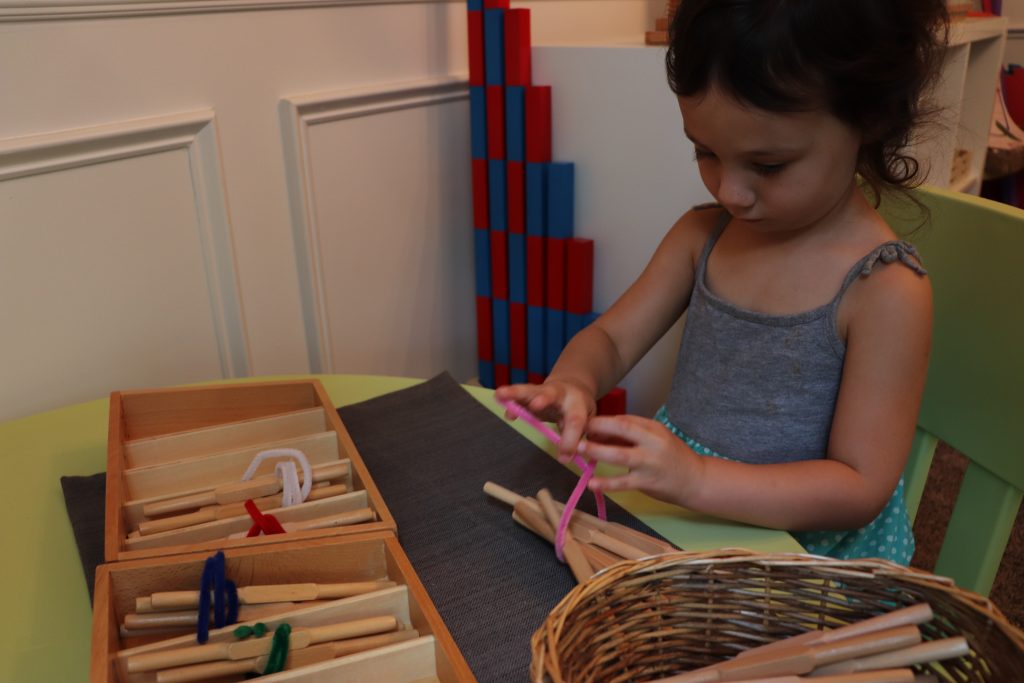
Madeline (3) working with the Spindle Boxes. 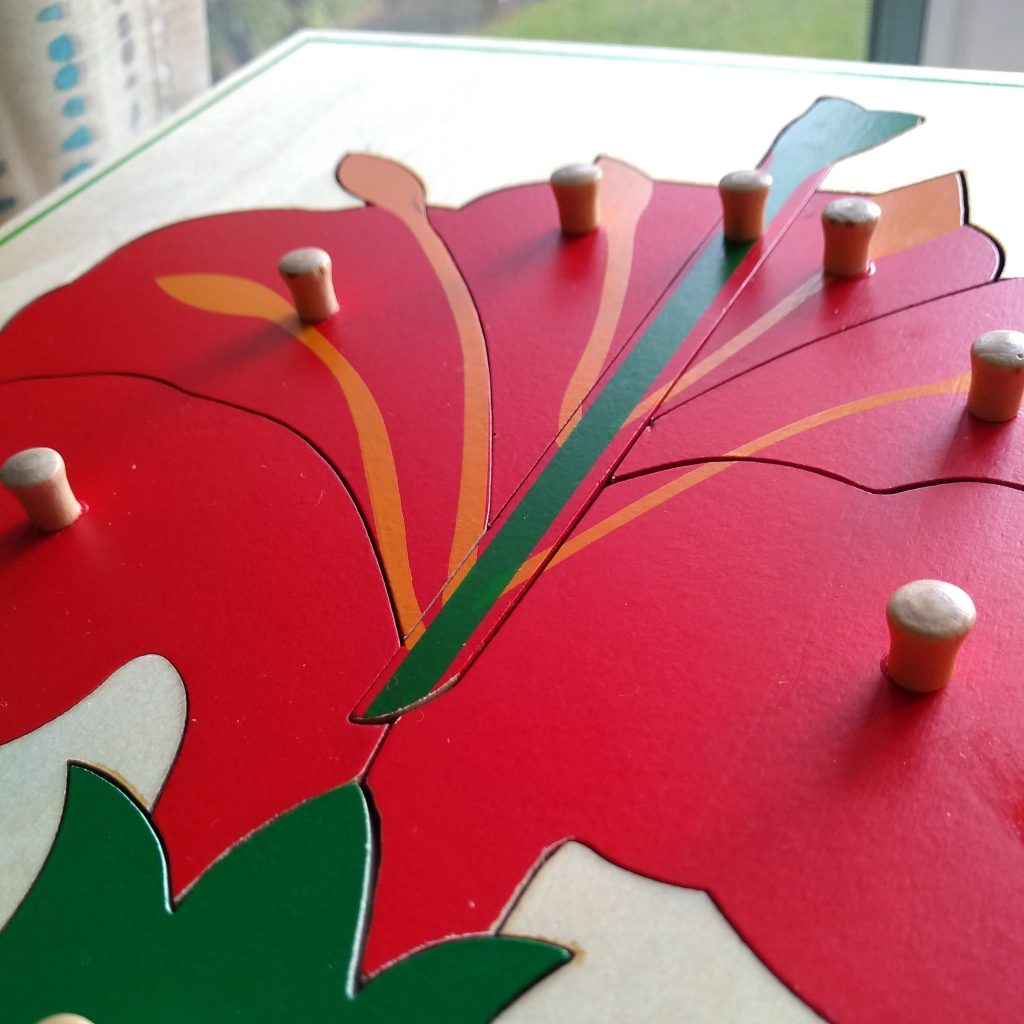
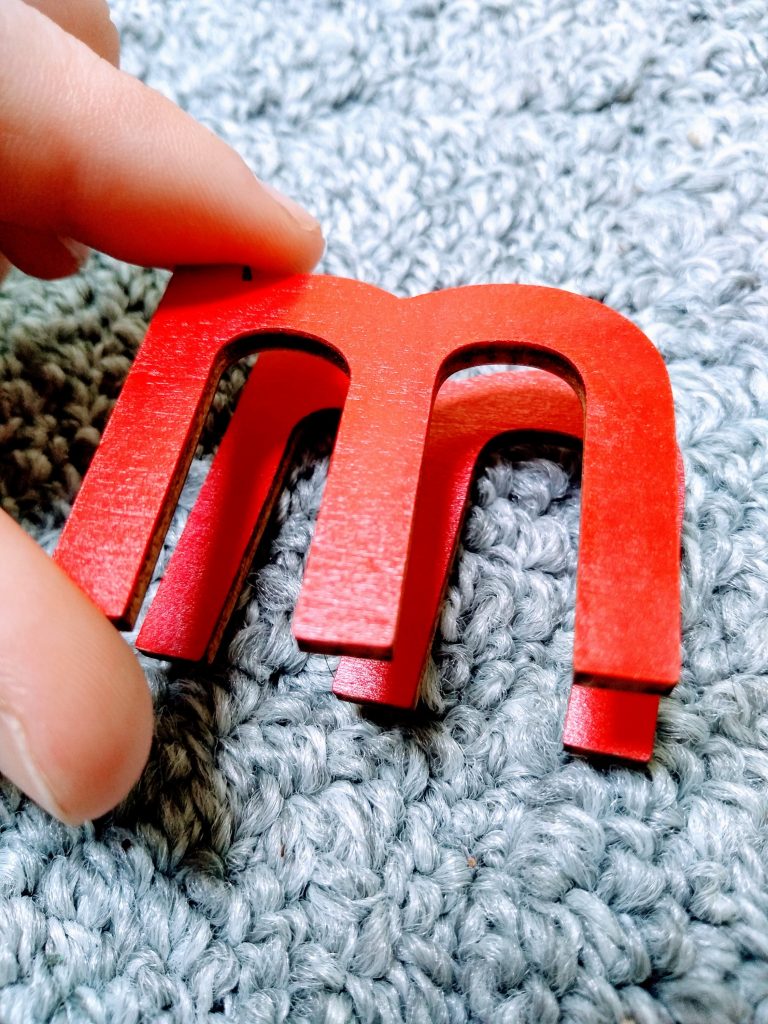
https://reachformontessori.com/2019/08/19/fun-montessori-sound-games/
The list goes on and on, and not just for sensorial materials. (Some are pictured above.) Control of error is a common theme in all areas of Montessori learning.
The importance of control of error in educational materials
Correcting a child can be harmful to his self-esteem. That is why the built-in ability to self-correct is vital to any material, learning materials, and toys.
Kids don't need our correction for many things as they grow. They are capable of recognizing their own mistakes, and it's crucial to their development that they are allowed to do this.
When a child realizes he's done something incorrectly and he realizes he is able to correct the issue himself, it builds his confidence in his own capabilities.
The child becomes more self-aware and the reward for correcting the error is an intrinsic reward for him. That is, nobody has to tell him he did a “good job“, he knows it already.
Control of error in a Montessori environment: Furniture

You might be wondering why Montessori classrooms and home Montessori set-ups use small furniture that is made of natural materials. It's not only that this furniture is visually appealing and inviting for a child, but the small furniture serves a developmental purpose, as well.
Child-size furniture is easy for children to move around. If a child wants to move his chair to the side of the table that is facing the window, for example, he can easily do this himself.
Also, this small piece of furniture is lightweight and easy to bump into and knock over. These small chairs and tables weight make noise when they are accidentally moved.
While these things seem like disadvantages, they actually good things! They help children develop control over their movements and gain better proprioception (perception of the position of their bodies relative to the space they occupy).
Light-colored furniture is preferable because the child can easily see any marking or spills he makes. This prompts the child, assuming he has water and sponge available to him, to quickly clean the furniture.
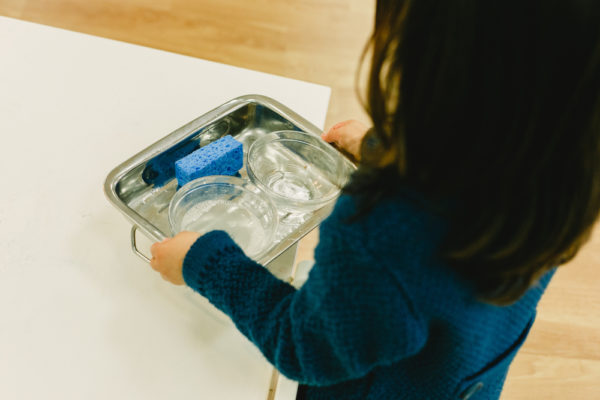
Montessori and the use of breakable items

Another example of control of error is in the use of glass and other breakable materials. This naturally gives many parents pause.
When a child is using a breakable item, such a glass to rinse their paintbrush, and it drops and breaks. He's going to be upset. But it's a lesson for him and he will quickly learn how to handle breakable items more carefully.
No correction, teaching, or punishment is necessary. The lesson has already been taught and learned…all from the child, himself!
By providing kids with plastic, wood, or metal dishes and supplies, there aren't as many lessons to be learned. Sure, they will still have to wipe up the spill or wait for more food or drink; that can be defined as control of error.
But as all parents know, kids often enjoy dropping and throwing things. Using glass-wear removes some of that temptation.
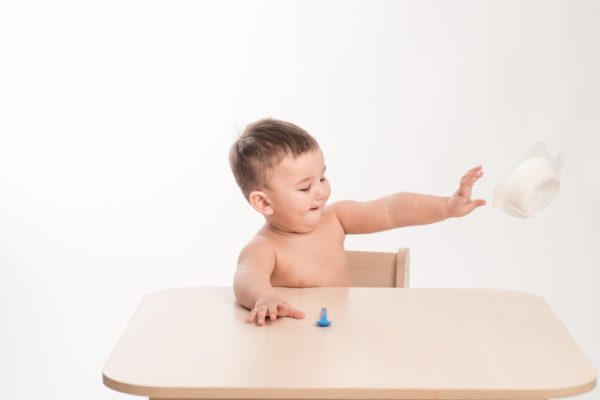
I hope this post helped you understand the term “control of error”. I know this is one of the terms used that I had a bit of trouble understanding when I first discovered Montessori!
It's a fact that errors control themselves throughout our lives. From being a stumbling toddler through our adulthood, we make mistake after mistake.
It's one of life's realities, and these mistakes need to be treated knowing they have a purpose. We learn we can correct our mistakes without the help of others.
Control of error lets us know if we are on the right path or the wrong path. This is why it's such an important concept in early childhood learning. We carry these lessons all the way into adulthood!
I'm interested in your interpretation of control of error and how you allow it.
Cheers and don't forget to subscribe!

Pingback: Montessori Math: The Spindle Boxes — The Montessori-Minded Mom
Pingback: Fun Montessori Sound Games — Fun Montessori Sound Games
Glad you enjoy it!
This article has a host of great info. Thank you. The one thing I disagree with is the line:
“Correcting a child can be harmful to his self-esteem.” Berating a child is harmful. Discouraging a child is harmful. Children learn from errors. When a child does not recognize her error or moves on from a difficult task, adults can help them develop potential solutions and guide them to correct their errors on their own. It is a disservice to watch a child err and not have the ability to assist him in having the courage to try try again.